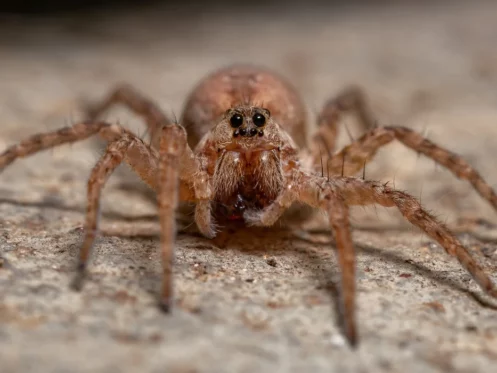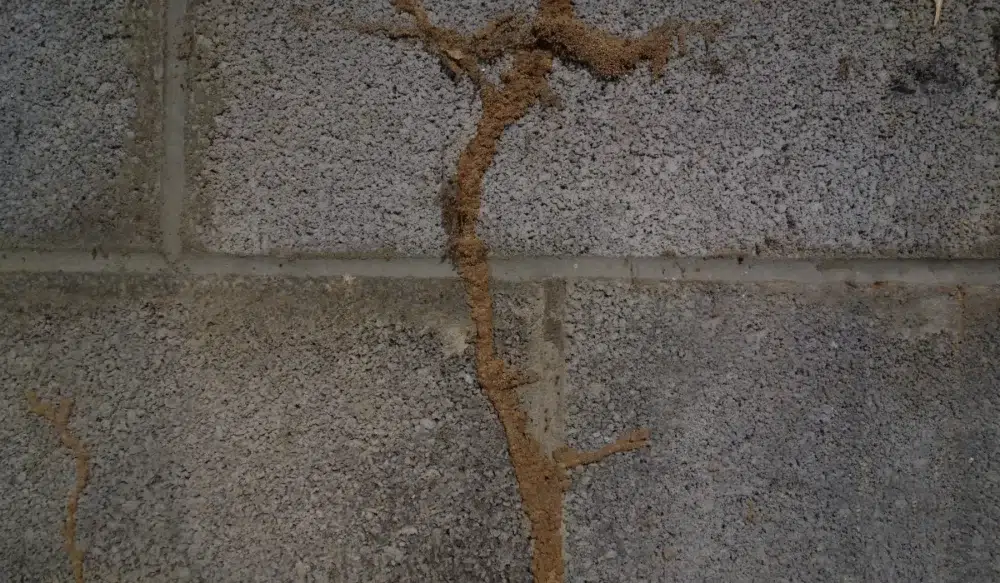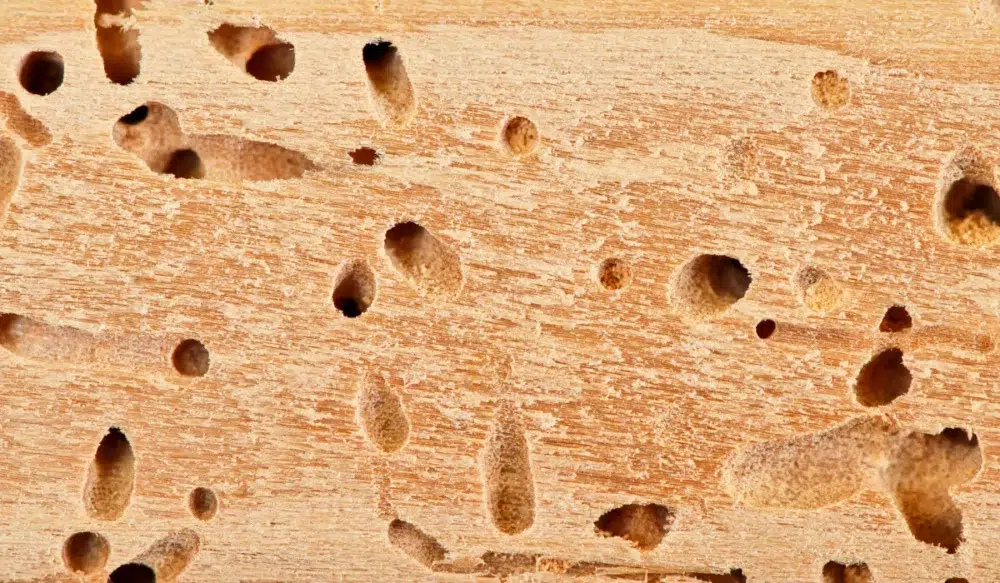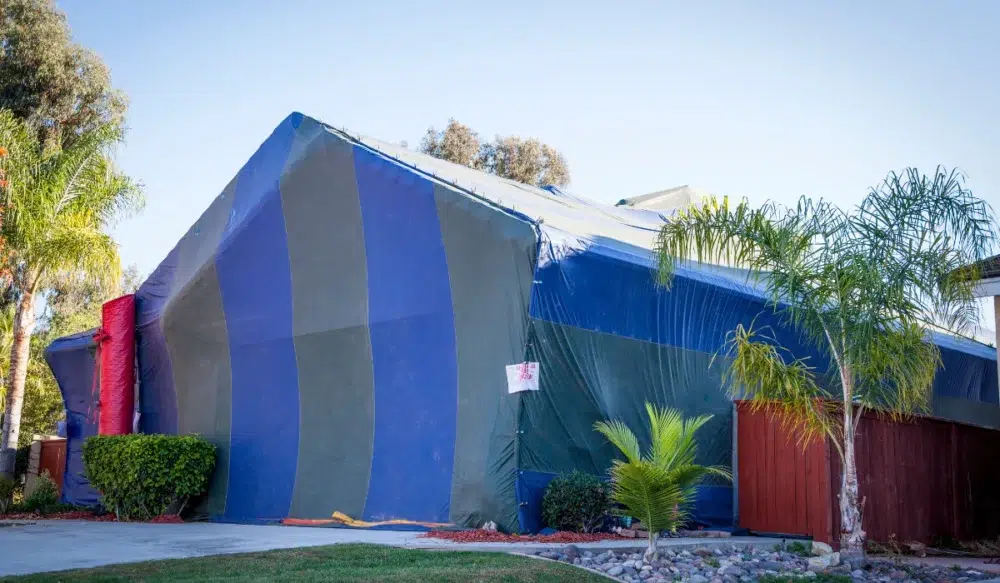If you’ve ever found a spider in your Arizona home and wondered if it’s dangerous, you’re not alone. With hundreds of species of spiders living in the Southwest, knowing which ones are harmless and which could pose a risk is more than just curiosity. It’s part of keeping your home safe.
This guide will help you identify the types of spiders you’re most likely to encounter in your home or yard. Below, you’ll find a complete spider identification chart specifically designed for Arizona homeowners.
Right after that, we’ll explain how to use it effectively, step by step.
Key Takeaways
- A quick spider chart helps Arizona homeowners match spider traits with names, habitats, and whether they are dangerous.
- Physical features like color, size, and markings are the first clues to figure out which spider you saw.
- The spider’s location, behavior, and whether it built a web give more hints to help confirm its identity.
- More spiders inside the house might mean a bigger problem that local pest control experts can check and fix.
Spider Identification Chart for Homeowners
Use the chart below to quickly match the spiders you see with their physical traits and typical habitats.
| Spider Name | Color & Markings | Size | Web/Habitat | Venomous? | Where Found |
|---|---|---|---|---|---|
Black Widow Spider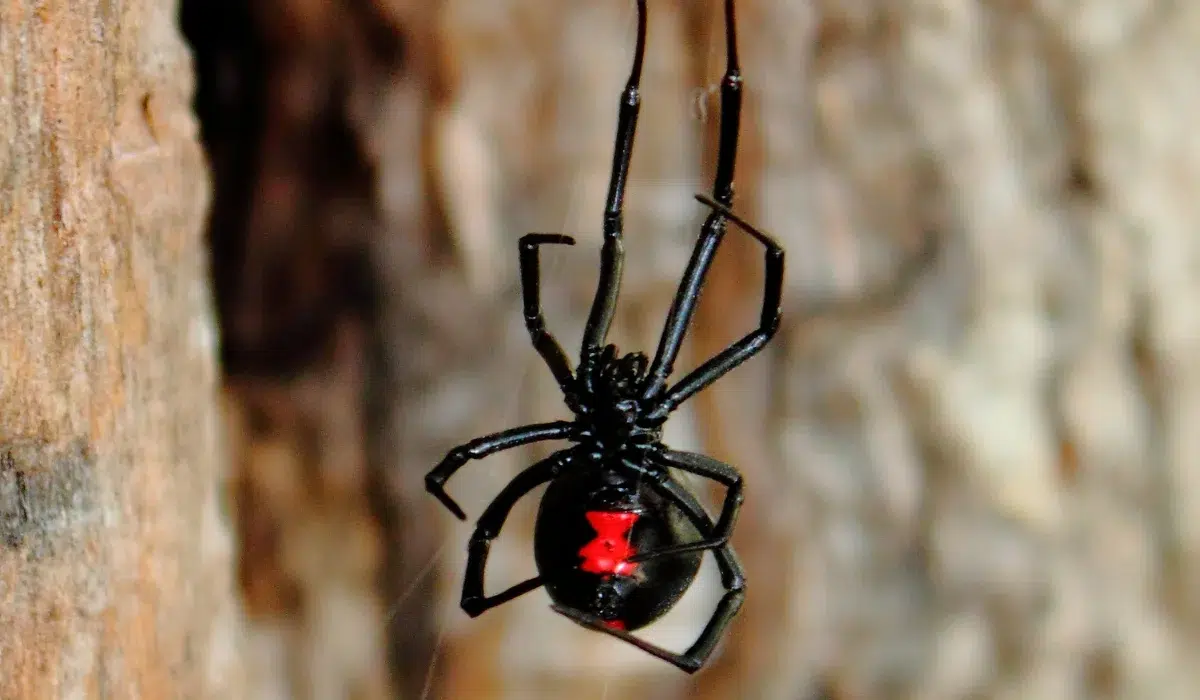 |
Shiny black body, red hourglass mark | ~1.5 in (legs incl) | Irregular webs in dark corners | Yes – medical attention needed | Garages, basements, sheds |
Brown Recluse Spider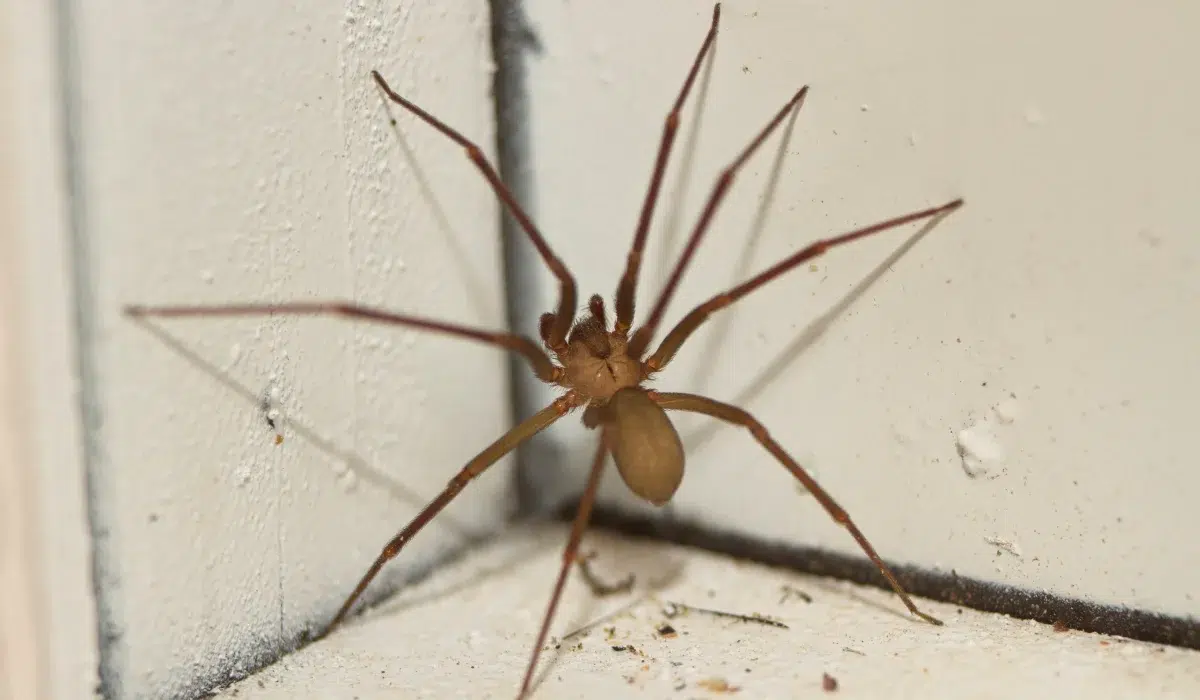 |
Light to dark brown, violin-shaped mark on back | ~0.5 in | Hides in cracks, no web | Yes – seek medical attention | Closets, attics, boxes |
Western Spotted Orb Weaver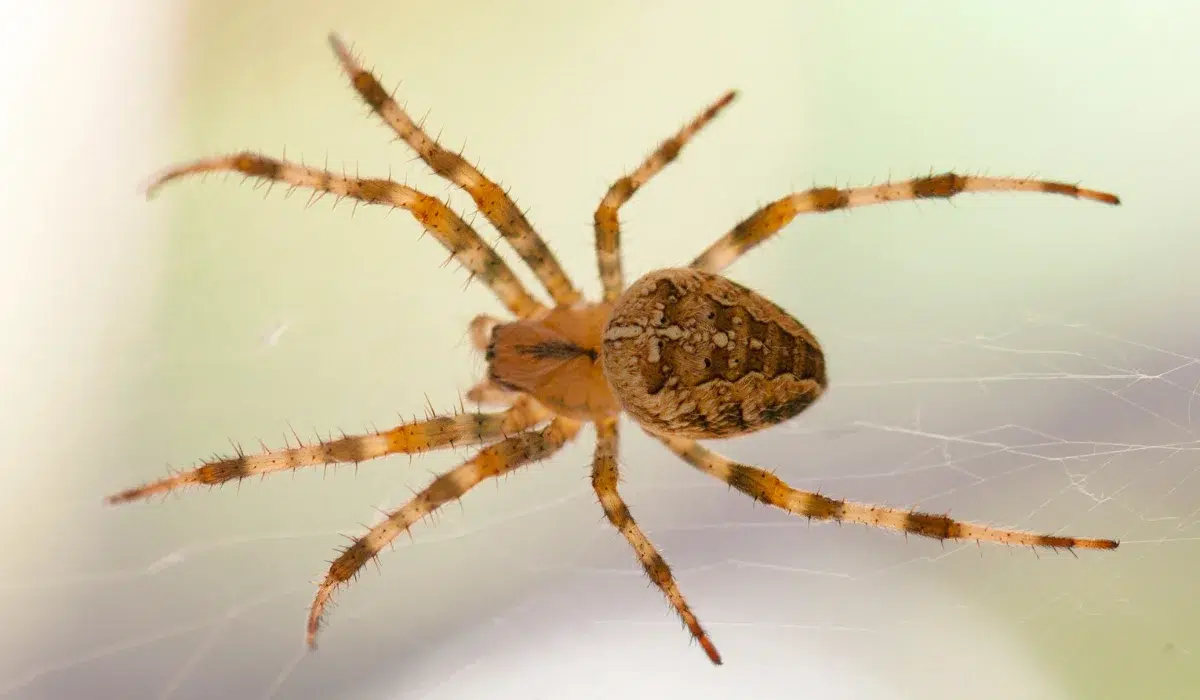 |
Brown-orange with white pattern | 0.2–1 in | Large round web outdoors | No | Gardens, woodpiles |
Common House Spider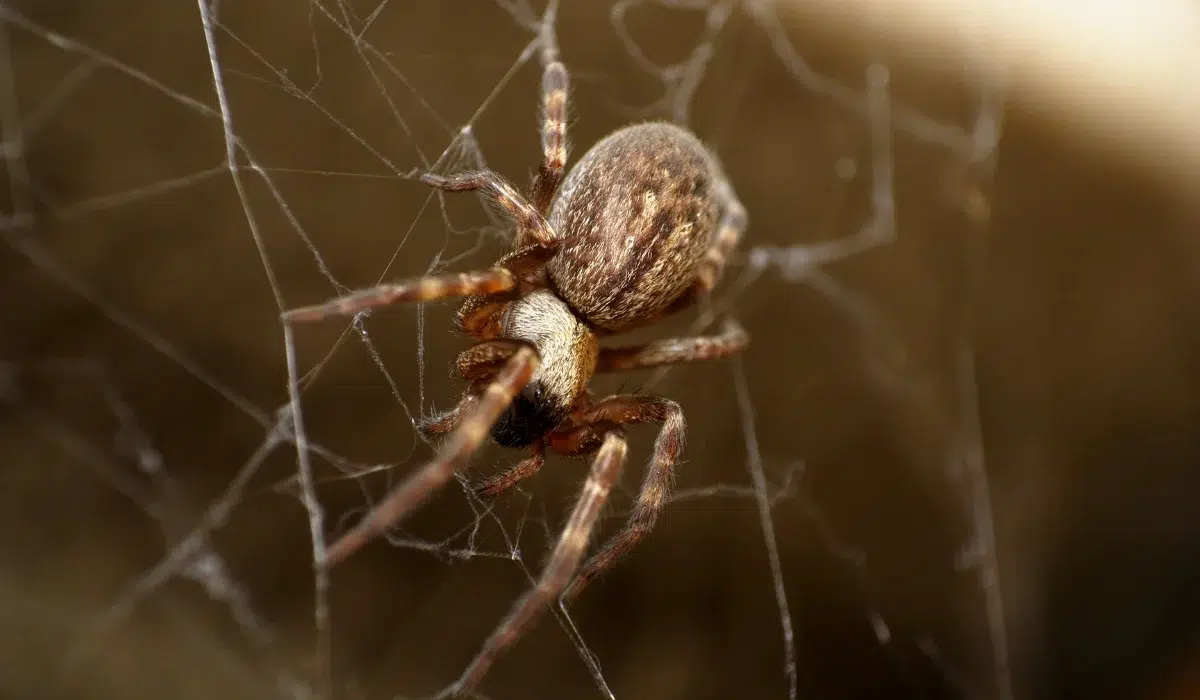 |
Yellow-brown, bulbous abdomen | ~0.2 in | Irregular messy webs | No | Ceilings, corners |
Wolf Spider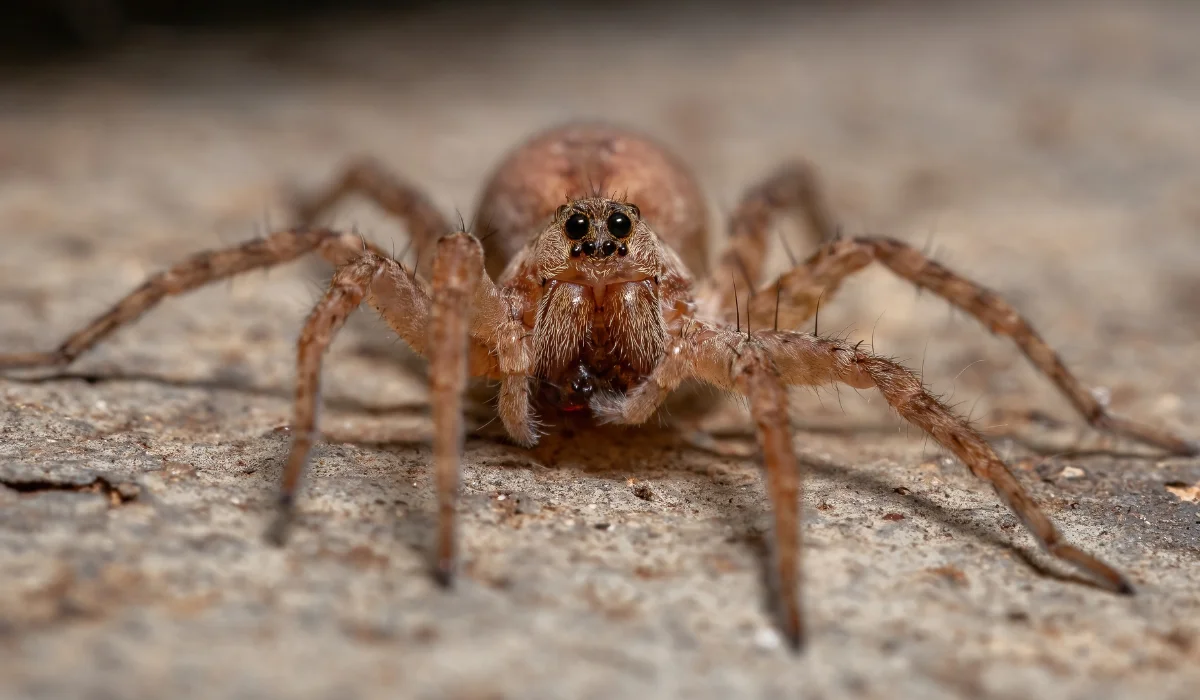 |
Dark brown, striped body | Up to 2 in | Ground-dwelling, no web | No, spider bites can hurt | Yards, under rocks |
Jumping Spider |
Black with iridescent green/blue | ~0.5 in | Active hunters, no web | No | Windowsills, walls |
Tarantula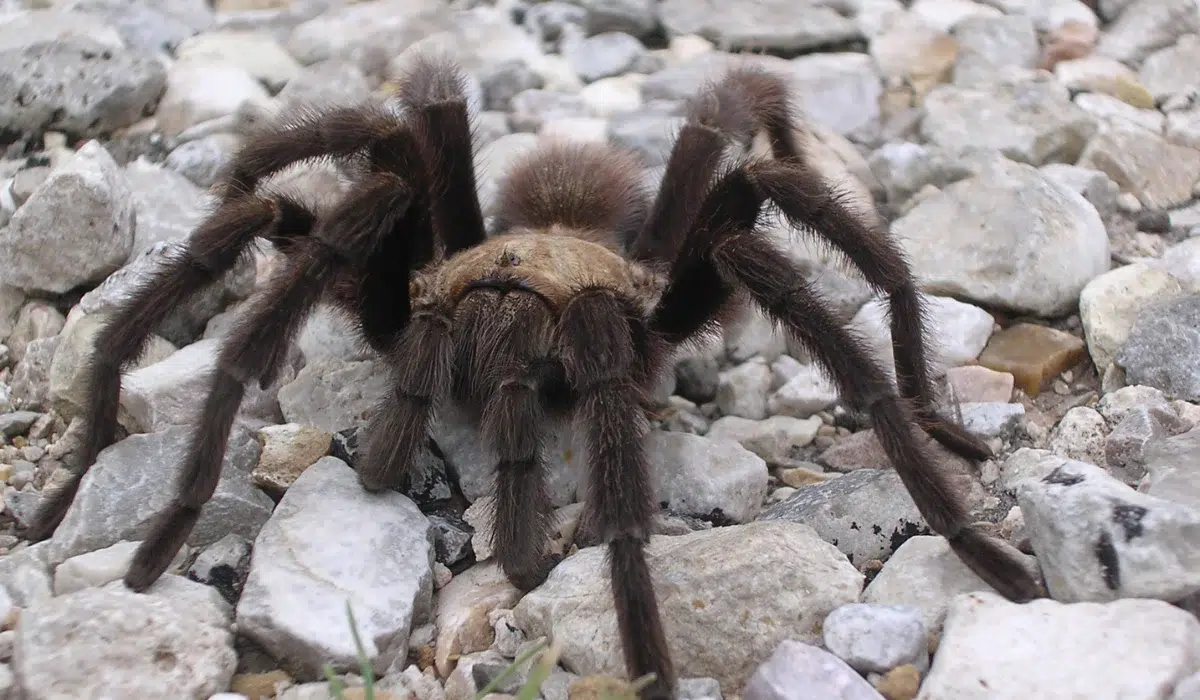 |
Hairy, dark brown | Up to 4 in | Burrows or desert areas | No – mild venom | Desert soil, near homes |
Daddy-long-legs (Cellar Spider)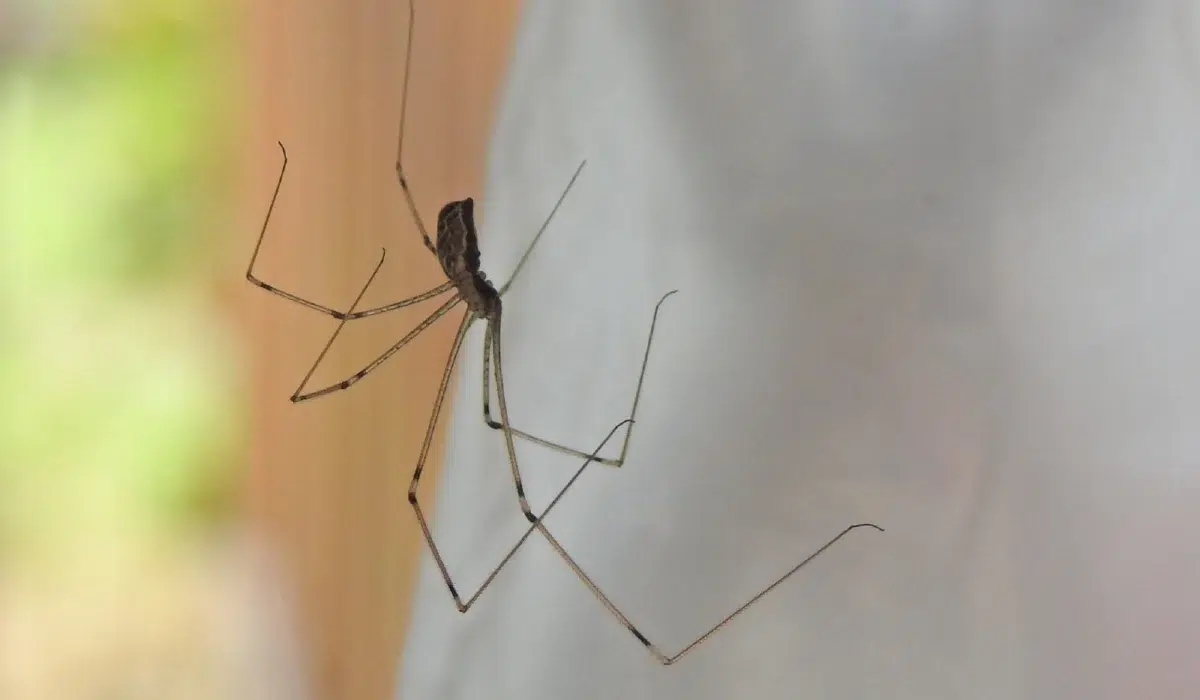 |
Pale with long legs | Up to 2 in | Webs in the upper corners | No | Attics, basements |
Green Lynx Spider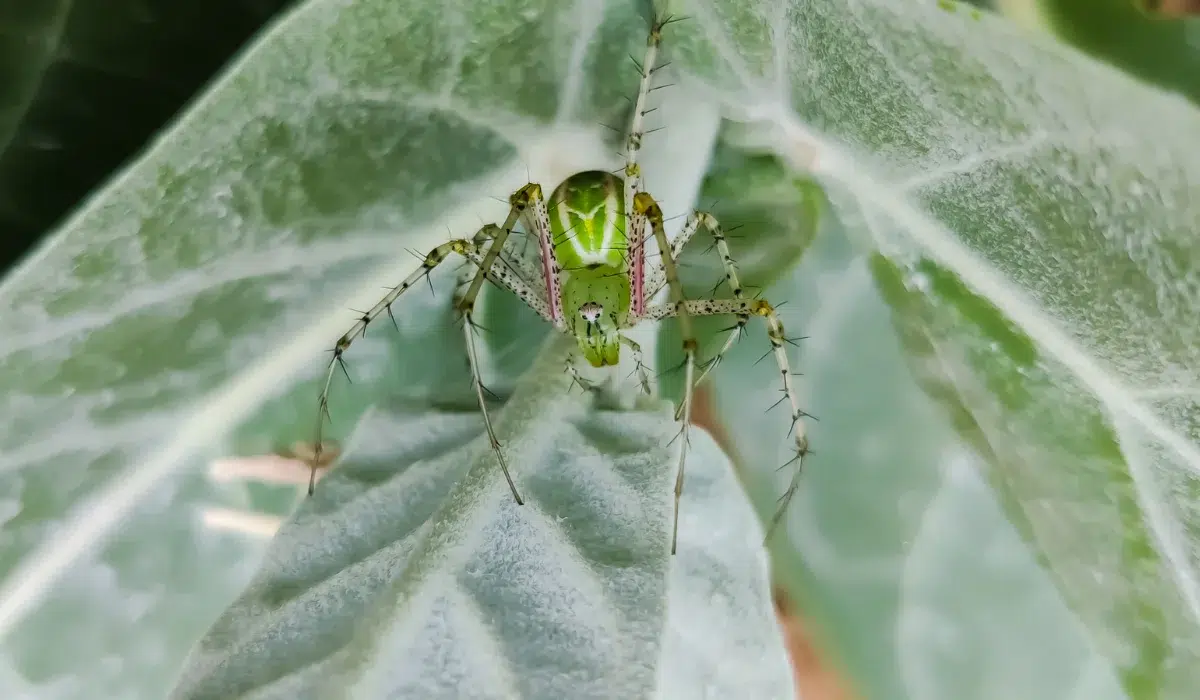 |
Bright green, long legs | ~0.5–1 in | Bushes, no web | No | Gardens, shrubs |
Crab Spider
|
White/yellow with crab-like legs | ~0.5 in | No web, ambush predators | No | Flowers, plants |
Arizona Brown Spider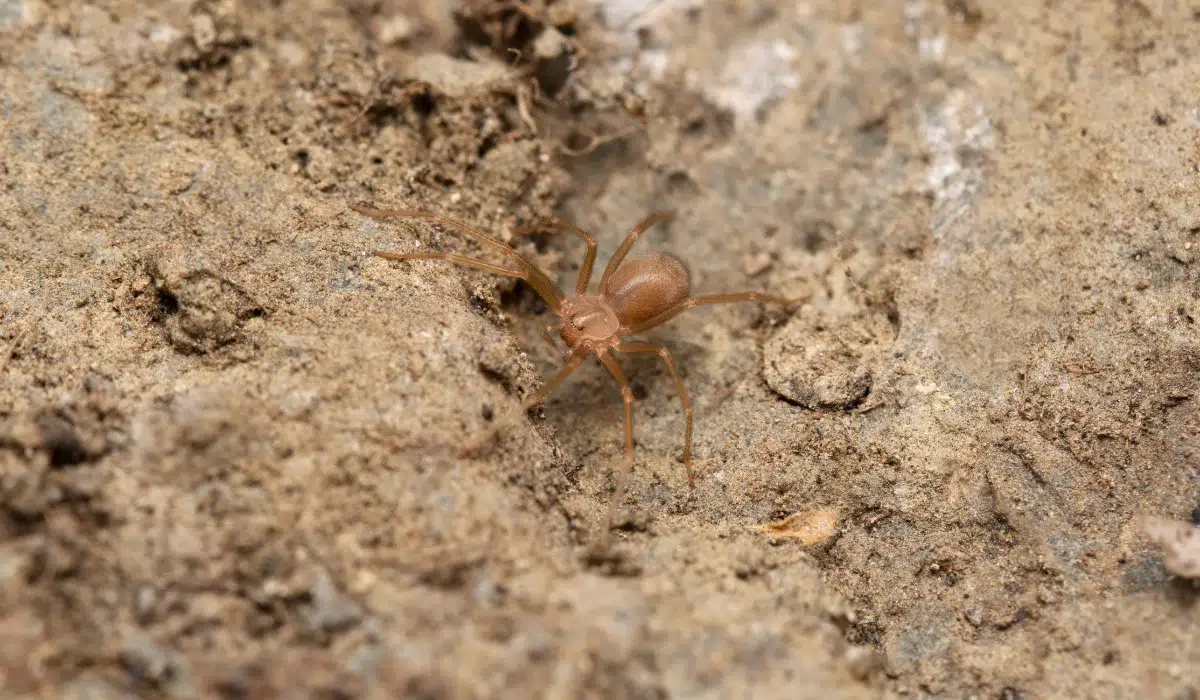 |
Similar to the brown recluse, hard to distinguish | ~0.5 in | Hides, no web | Yes – debatable risk | Wall voids, woodpiles |
This table covers the most common spiders found in Phoenix, Tucson, and surrounding areas, including both harmless and venomous species.
Now, let’s talk about how to use it.
Start With the Spider’s Physical Appearance
Your first clue is how the spider looks.
In Arizona, a spider’s size and markings can help narrow things down fast. That shiny black spider with a red hourglass-shaped mark? That’s a western black widow, and you’ll want to stay clear.
A hairy brown spider the size of your palm is likely a tarantula from the Aphonopelma genus, often seen during monsoon season.
Light conditions can distort colors indoors, especially in garages or attics, so try using a flashlight to check for markings like the violin shape on a recluse or the vivid green of a lynx spider.
Pay Attention to Where You Found It
Location matters.
Spiders are creatures of habit.
Orb weavers love open garden spaces where they can spin massive webs. You’ll often find cellar spiders in basements and corners of ceilings.
Wolf spiders, on the other hand, scurry across garage floors or emerge from burrows under landscaping rocks. The specific place you find these arthropods can help you identify the species just as much as appearance.
In Arizona homes, black widows prefer dry, undisturbed areas. That means corners of sheds, the back of garage shelves, or under patio furniture.
Take a mental note of the setting and match it with the chart.
Observe the Behavior and Movement
How a spider moves can also reveal what it is.
Jumping spiders are active during the day and have a jerky, pouncing motion. On the other hand, orb weavers remain still in the center of their large circular webs.
This behavior can help rule out similar-looking spiders.
For example, if you thought it might be a brown recluse but it’s actively running toward light or jumping, it’s probably something else entirely, maybe a hunting spider like a wolf or jumping spider.
Look for the Web or Lack of One
Arizona spiders vary widely in web-building.
Some, like common house spiders or cellar spiders, build visible webs and wait for prey. Others, like tarantulas, don’t make webs at all. If you see a large, intricate web in your citrus tree or backyard fence, it’s likely an orb weaver.
A fresh web usually means a current resident, while an abandoned one may mean the arachnid moved on.
Consider the Time of Year and the Climate
Arizona’s spider activity changes with the seasons.
Tarantulas and orb weavers are most visible during the late summer and early fall, especially during the monsoon in North America.
Black widows and recluse spiders, however, may stay hidden year-round and are more commonly spotted when doing spring cleaning or moving storage.
If you’re seeing more spiders than usual, especially indoors, it could be a sign of a growing spider infestation. They are often driven by nearby food sources like insects or even scorpions.
Not Sure What You’re Seeing? Let’s Help You Identify Arizona Spiders Fast
If you’re dealing with unfamiliar spiders around your home, especially in places like garages, attics, or woodpiles, don’t guess.
At Green Home Pest Control, our local technicians know the difference between a harmless orb weaver and a potentially venomous spider.
We’ve helped thousands of Phoenix and Tucson homeowners quickly assess what they’re up against and safely treat spider infestations.
Need help identifying or removing spiders in your home?
We’re local and we know Arizona spiders. If you’re not sure what you’re seeing, we can help. Reach out today.
